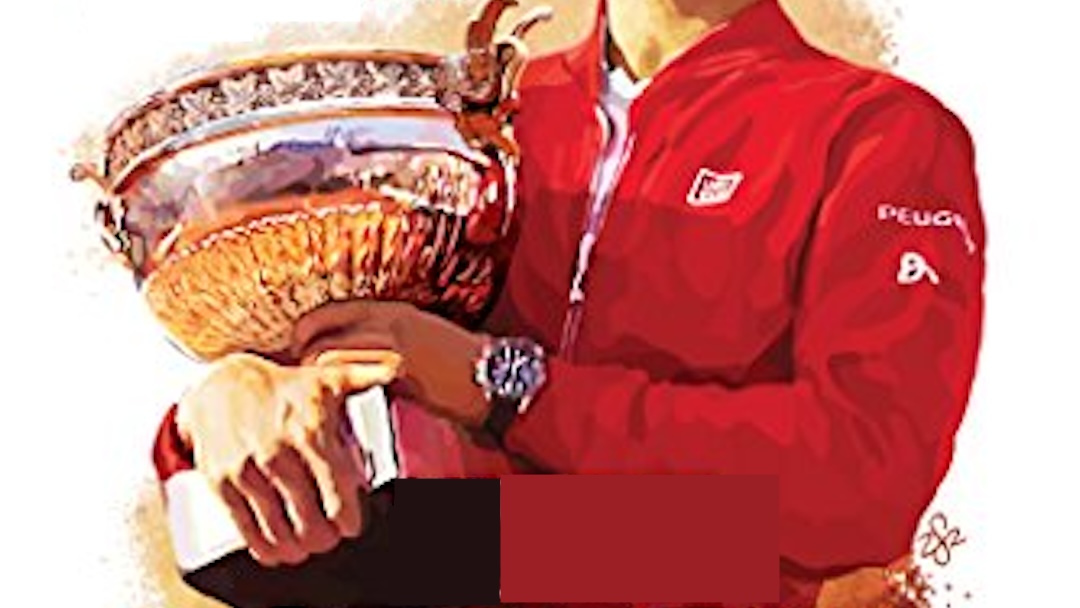Tennis Hits the Books
I am currently on the process of examining point composition in tennis viewed through the lens of books about tennis tactics and strategy. Last week in part one of this series, I started building the theme that the best tennis players will have the ability to develop strategy and tactics independently of magic playbooks and coaching input.
This week I an continuing the foundational awareness required for a tennis player to be really effective in this area. First and foremost, a player must have a deep knowledge of their own strengths and weaknesses. It makes absolutely no sense to attempt to adopt strategy and tactics that the player does not have the skills to execute.
As a quick aside, I need to differentiate between real matches and practice matches. A real match is one in which winning is important. In a practice match, there could be an overarching developmental objective that is more important than winning on that particular day. I plan to expand on that theme more fully in the future. In the meantime, the match context in this article is when winning is the primary objective.
There are several approaches that a player can use to develop that sense of self awareness. One method is simply to ask your frequent opponents for your own personal “scouting report.” I should note that some people are better at that than others. Always take scouting reports with a grain of salt.
Another method to develop tennis self awareness is to take video of your own matches and view it as if you are preparing to play a match against yourself. Earlier this week I extolled the virtues of this technique in “Essential Tennis Equipment: The GoPro Camera.”
Last week, in part one of this series, I discussed “Tennis Tactics: Winning Patterns of Play. ” That book highlights tennis patterns and drills that can be used to develop those patterns. The drills in that book that are “easy” or natural for a player will generally also be the player’s strengths.
Today I am adding another great book that links strengths to strategy, “Think to Win: The Strategic Dimension of Tennis by Allen Fox.” As I recommend that book, I am struck by the fact that so many of the really good books on tennis were written quite some time ago. Think to Win was published in 1993.
My appreciation for Think to Win also makes me wonder if I my tennis philosophy is rooted in a particular school of thought. I have previously written about the Brad Gilbert Book, Winning Ugly. The Author of Think to Win, Allen Fox, was Brad Gilbert’s coach at Pepperdine. If one book resonates with you, then the chances are that the other one will as well.
What I really like about Think to Win is the linkage that is established between a particular shot and the strategy associated with the shot. This is laid out in the early part of the book in a matched set of chapters, the first on the shot itself and the second associated with the tactics around the shot. Since the book was published in 1993, some of the conventional wisdom on the stroke mechanics has changed, however the overall value of the data is enough to overcome that issue.
Fox also does a terrific job describing how the predominate strategies and tactics of the game have evolved over time. More critically, he relates the evolution of stroke technique as it impacts court geometry. An understanding of court geometry is critical for understanding both court positioning and how shot selection opens and closes the dimensions of the court.
The latter chapters of the book pick up a lot of steam, discussing court positioning, development of game plans, and dealing with special conditions such as wind. The latter chapters of the book stitch the tactical elements developed in the first part of the book together into a coherent strategic flow.
Think to Win is a valuable resource to any tennis player seeking to hone and refine strategic and tactical acumen.
Fiend At Court participates in the amazon associates program and receives a paid commission on any purchases made via the links in this article. Additional details on the disposition of proceeds from this source are available in the “About Fiend at Court” page.





Do the two book focus on just singles tactics and strategies or doubles as well?